Paris didn’t invent nightlife, but it sure taught the world how to do it right. A century ago, you’d find artists and writers hunched over absinthe in Montmartre, debating philosophy while a can-can dancer kicked her way through the smoke. Today, you might be sipping natural wine in a basement bar in the 10th arrondissement, listening to a DJ spinning underground techno while graffiti glows under UV lights. The city’s night hasn’t just changed-it’s layered. Each era added something new without erasing what came before.
The Golden Age: Cabarets, Jazz, and Bohemian Chaos
In the 1920s, Paris was the place to be if you wanted to live dangerously. The Moulin Rouge wasn’t just a venue-it was a symbol. Women in feathered headdresses danced for crowds of American expats, Russian nobles, and struggling painters who paid with sketches instead of cash. Jazz spilled out of smoky cellars like the Le Caveau de la Huchette, where musicians played until dawn. This wasn’t entertainment for tourists. It was rebellion.
Artists like Picasso and Modigliani didn’t just paint in studios-they lived in the night. They met at La Rotonde or Le Dôme, arguing over politics while drinking cheap red wine. The clubs didn’t close at midnight. They closed when the last person passed out. There were no cover charges, no dress codes, no apps to book tables. You showed up, you paid at the bar, and you stayed until your feet ached.
The Quiet Years: When the Night Faded
By the 1980s, Paris nightlife had lost its edge. The city was cleaning up. The government cracked down on open-air drinking. Cabarets became tourist traps. Young people started leaving for London or Berlin, where clubs stayed open longer and felt less staged. The Latin Quarter, once buzzing with student energy, turned into a maze of overpriced brasseries serving overcooked steak frites to foreign visitors.
Some bars survived-like Le Comptoir Général, which opened in 2007 as a quiet rebellion. It had no sign, no neon, no bouncer. Just mismatched furniture, vinyl records, and a barkeep who knew your name after one visit. It wasn’t glamorous. But it felt real. And slowly, others followed.
The Underground Rises: From Basements to Rooftops
By 2015, something shifted. A new generation of Parisians-raised on global music, Instagram aesthetics, and slow food-started rejecting the old formulas. They didn’t want glitter and fake champagne. They wanted craft beer, organic cocktails, and spaces that felt like a friend’s living room.
Bars like Bar de l’Industrie in the 10th arrondissement became landmarks. No menu. Just a chalkboard with three drinks: a gin sour, a red wine spritz, and a whiskey neat. The owner, a former chef, sourced herbs from rooftop gardens. The music? French indie rock, vinyl only. No DJs. No VIP sections. Just people talking, laughing, and staying late.
Meanwhile, clubs like Concrete in the 13th arrondissement turned industrial warehouses into sonic temples. The sound system cost more than most apartments. The lighting was minimal-just colored spotlights and fog. The crowd? Artists, coders, musicians, students. No one cared if you wore designer clothes. You got in if you had good energy.
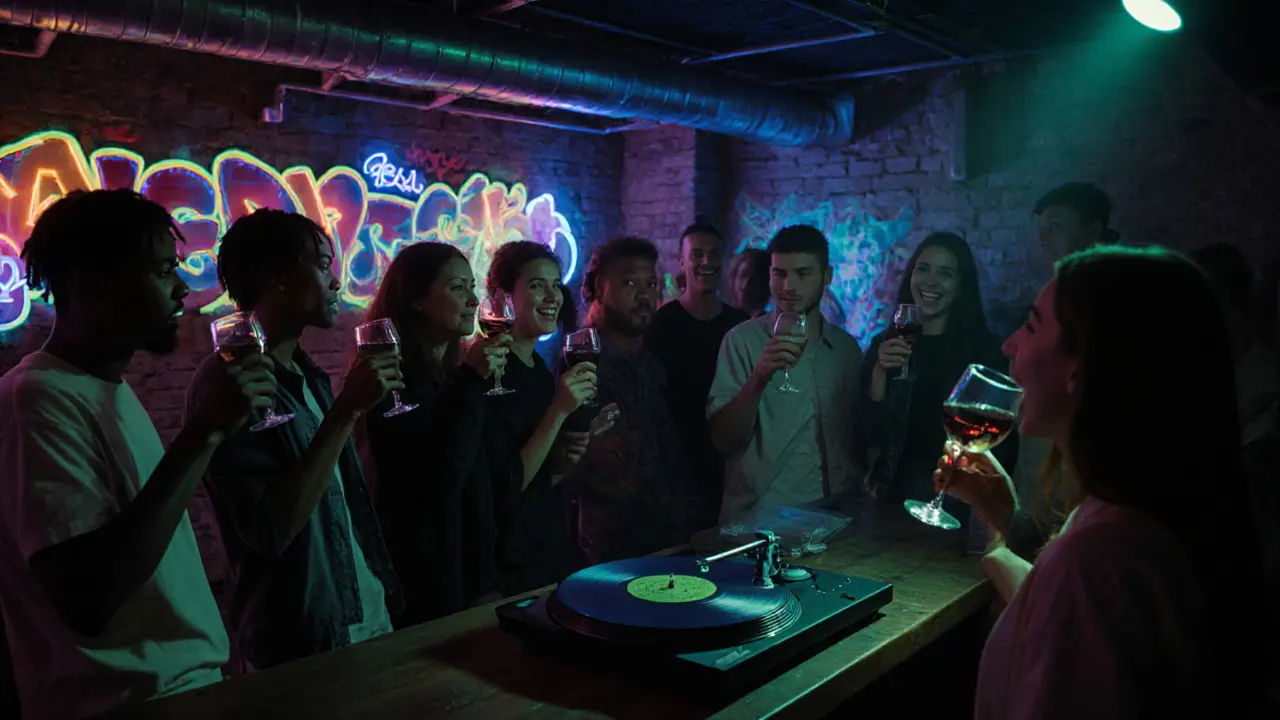
The New Rules: No Dress Code, No Pretense
Today’s Paris nightlife doesn’t care about your shoes. It cares about your curiosity. The old rules-no jeans, no sneakers, no tourists-are gone. You’ll find a 70-year-old jazz pianist playing next to a 22-year-old DJ who made her first track on her phone. You’ll see couples in pajamas sipping natural wine at Le Verre Volé, where the bottle list changes daily and the owner personally selects each one.
Even the big names have adapted. The legendary Le Palace, once a disco palace for celebrities, now hosts underground techno nights on weekends. The bouncer doesn’t check your bag-he asks what kind of music you like. If you say “experimental,” you’re in. If you say “I want to dance to Ed Sheeran,” he smiles and points you to the nearest tourist bar.
Where the Night Lives Now
Paris doesn’t have one nightlife. It has dozens. Each neighborhood has its own rhythm.
- Le Marais: Queer-friendly bars, vintage cocktail lounges, and hidden speakeasies like Bar Hemingway-where the martinis are stirred, not shaken, and the walls are lined with first editions.
- Belleville: A mix of North African cafés, Korean karaoke bars, and basement punk shows. The music changes every night. The drinks are cheap. The vibe is raw.
- Canal Saint-Martin: Rooftop terraces with views of the water, wine bars that open at 4 p.m., and pop-up art galleries that turn into dance floors by midnight.
- 18th Arrondissement: The last stronghold of true Parisian nightlife. Bars like La Cigale host live music seven nights a week. No tickets needed. Just show up, buy a drink, and listen.
There’s also the rise of late-night food culture. Midnight crêpes at Crêperie Bretonne, steaming bowls of ramen at Ichiraku in the 11th, and kebabs from Chez Yassine that stay open until 6 a.m. The night isn’t just about drinking-it’s about eating, talking, moving.
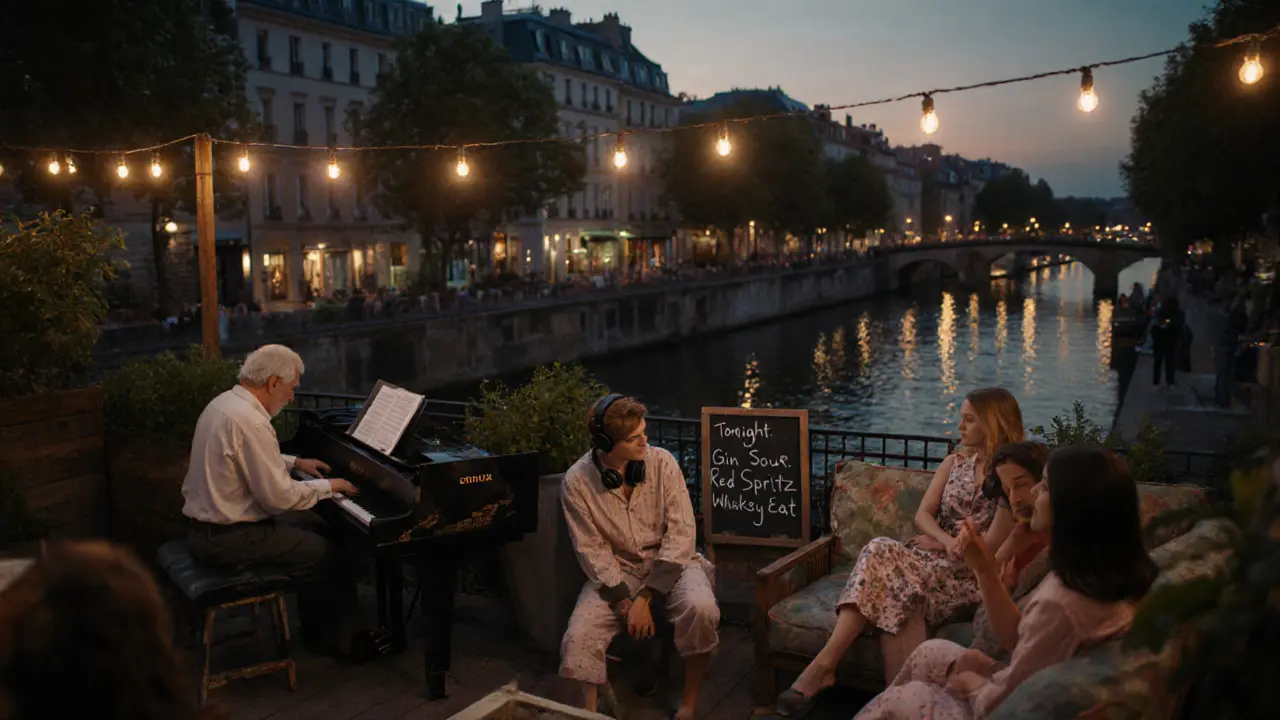
What’s Different Now? The Real Shift
The biggest change isn’t the music or the drinks. It’s the mindset. Parisians no longer see nightlife as a performance. It’s a daily ritual. People don’t go out to be seen. They go out to feel alive.
There’s no pressure to be the loudest, the best-dressed, the most connected. You can sit alone with a book at Bar du Marché and not feel awkward. You can dance with strangers and not need to exchange numbers. You can leave at 2 a.m. and not feel like you missed out.
This is what makes Paris nightlife unique today. It’s not about exclusivity. It’s about belonging. You don’t need an invite. You just need to show up.
How to Experience It Right
If you’re visiting, here’s how to find the real night-not the Instagram version.
- Walk. Don’t take a taxi. Get lost in the narrow streets after 10 p.m. You’ll stumble on a bar you didn’t know existed.
- Ask locals. Not hotel staff. Ask the person behind the counter at the boulangerie. They know where the real parties are.
- Go early. Most bars fill up after midnight. Show up at 9:30 p.m. and you’ll get the best seat.
- Try something new. Order the drink you don’t recognize. Say yes to the music you’ve never heard.
- Stay late. The best moments happen after 2 a.m.-when the noise dies down, the lights dim, and the real conversations begin.
You won’t find neon signs or velvet ropes. But you’ll find something better: authenticity.
Is Paris nightlife safe at night?
Yes, most areas are safe, especially in tourist-friendly neighborhoods like Le Marais, Saint-Germain, and Canal Saint-Martin. Stick to well-lit streets, avoid isolated alleys after 2 a.m., and don’t carry large amounts of cash. The main risks are pickpockets in crowded bars-not violence. Most locals go out alone, even late, without issue.
What’s the best time to visit Paris for nightlife?
Late spring (May-June) and early fall (September-October) are ideal. The weather is pleasant, outdoor terraces are open, and the city feels alive without the summer tourist crush. Summer (July-August) can be quiet-many Parisians leave for vacation. Winter nights are cozy but shorter; bars close earlier, and some spots shut down entirely.
Do I need to book a table at Paris bars?
Only at the most popular spots, like Le Comptoir Général or Bar Hemingway. Most neighborhood bars don’t take reservations. Walk in, grab a seat, and order. If it’s packed, wait 15 minutes. The vibe is better when it’s not booked solid.
Are there still cabarets in Paris today?
Yes, but they’re different. The Moulin Rouge still runs shows, but they’re expensive and aimed at tourists. For something more authentic, try Le Lido for a modern twist or La Cigale for live music with theatrical flair. The real cabaret spirit lives in underground venues-think burlesque nights in basements or drag shows in hidden courtyards.
What’s the average cost of a night out in Paris?
You can have a great night for €20-€40. A drink at a local bar costs €8-€12. A meal at a late-night eatery is €10-€15. Club entry is often free before midnight. If you stick to neighborhood spots, skip the tourist traps, and avoid Champagne cocktails, you won’t break the bank. The real expense? Time. Paris nights reward patience.
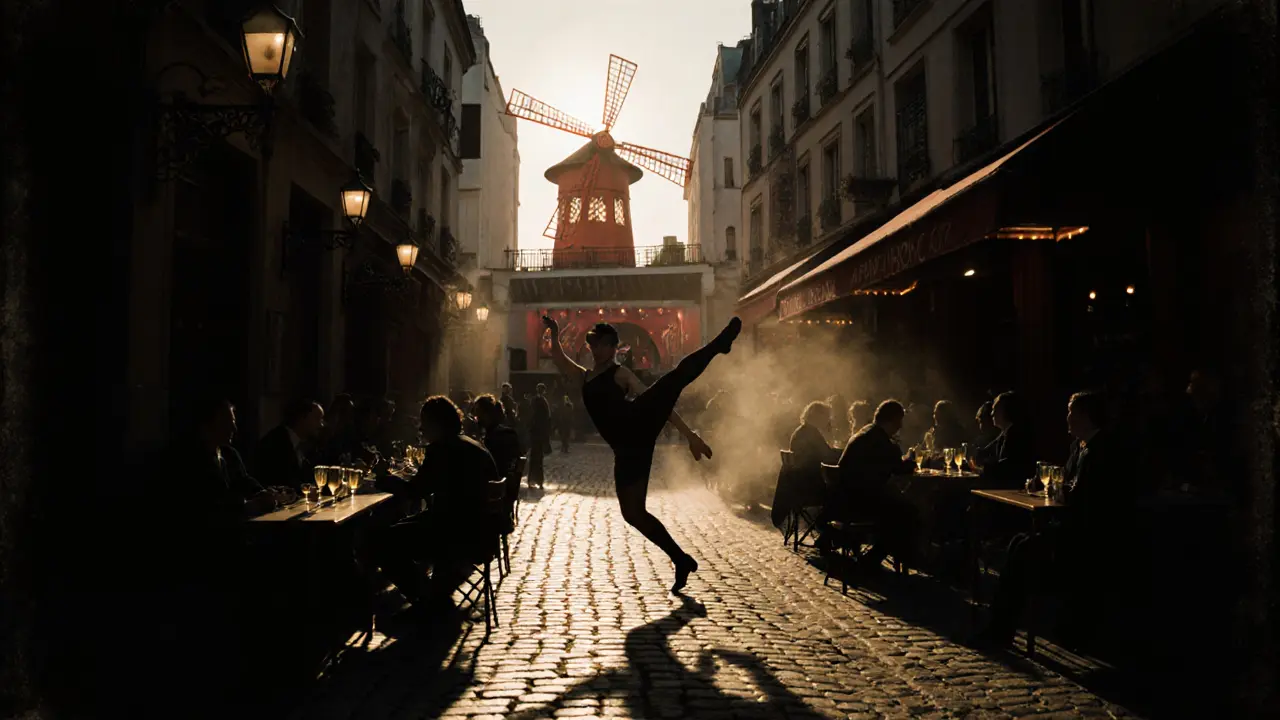



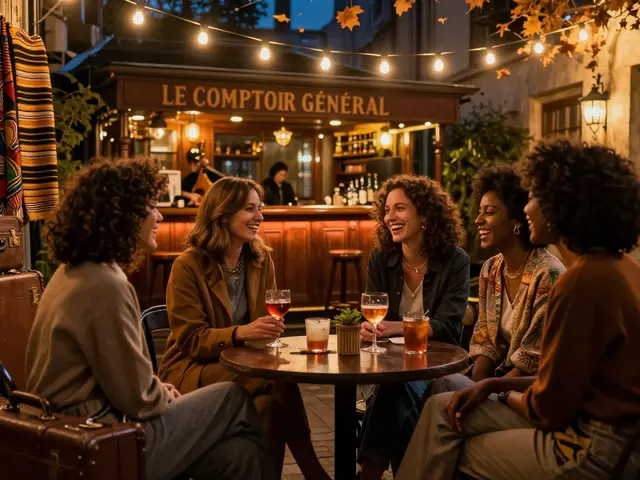
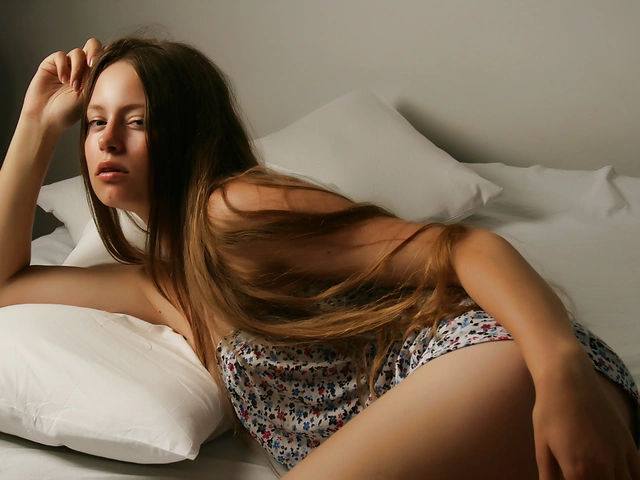




Write a comment